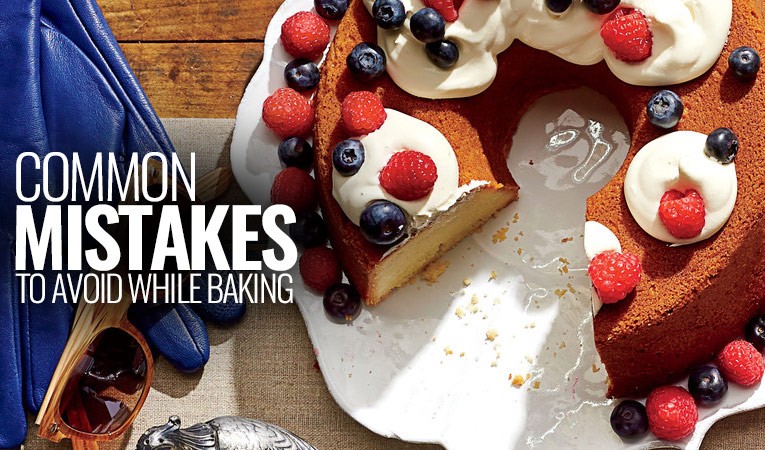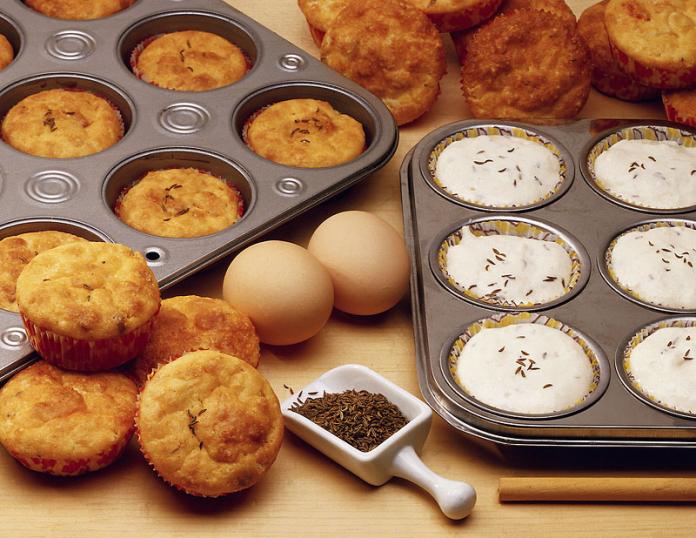Which buttermilk substitute works the best? The truth is that nothing tastes precisely like buttermilk, so you should attempt to stick only with real things if you desire that distinct tangy flavor or if buttermilk is a key component in your recipe. Bakery classes in Chennai teaches to use the buttermilk as well the substitutes efficiently in the baking process.
There are several ways to make homemade buttermilk, though, whether you’re dealing with a recipe that only needs a tiny amount (less than a cup), don’t want to run to the store, or are in the midst of cooking and discover you’re out of the ingredient.
What is buttermilk?
When butter was first made from cultured cream, the liquid that’s been left over was alluded to as “buttermilk.” This original variety is still widely available in several parts of the world, however most contemporary buttermilk is somewhat different. Cultured buttermilk is now what you’re most likely to get at your typical grocery shop. It is milk that is homogenized and pasteurized before being cultured.
Buttermilk is thicker than conventional milk and, as you would expect, more acidic since it comprises lactic acid. This acidity gives it a creamy, tangy flavor that gives both savory and sweet dishes a wonderful flavor and suppleness. Baking classes in Chennai say that in baking, acidity is very crucial. It brings out the tanginess of the baking soda and gives the food a beautifully light texture.
Buttermilk substitutes
- Acidified milk
The reaction mechanism between lactic acids and baking soda is the basis for why buttermilk is a common ingredient in baking recipes. Cake baking classes in Chennai recommends this substitute to be used in cakes, as it works very well in cake baking. Do you recall constructing volcanoes in science class in elementary school? When vinegar is added to baking soda, a number of bubbles erupt on the surface of the container. Similar to this, when acidified dairy and baking soda are combined in a mixture of batter, carbon dioxide bubbles are produced that assist leaven and lighten the final product.
- Plain curd/yogurt plus water
This alternative for buttermilk works brilliantly for baking as well as marinades (like a buttermilk marinade brine for fried chicken). In order to achieve a buttermilk-like thickness in consistency, whisk a small amount of water or milk into plain, unsweetened yogurt. Baking courses in Chennai tell the proportion of milk or water that has to be added to the yoghurt. 1 cup of buttermilk is made of 1/4 cup water and 1/4 cup yogurt.
- Sour cream & water
Sour cream and water can be substituted for the original ingredients in baking recipes like biscuits and coffee cake. Similar to when using yoghurt, the consistency of your specific sour cream brand may require you to change this ratio. You might be surprised to learn that you can simply create a batch of sour cream pancakes in place of buttermilk pancakes if that’s what you’re craving.
- Cream of tartar & milk
Actually, the byproduct of making wine from grapes is cream of tartar. A white, granular acid with the chemical name potassium bitartrate, it is suitable for baking. A small amount of cream of tartar can be added to your recipes to give it the necessary acidity to initiate the baking soda as it is acidic. For each and every cup of buttermilk specified in the recipe, 1 cup of milk should be used instead, and 1 34 teaspoons of cream of tartar should be added to the remaining dry ingredients.

